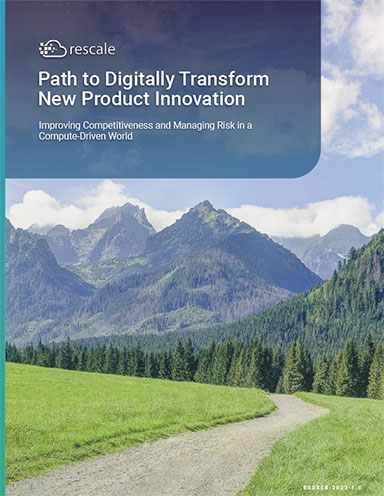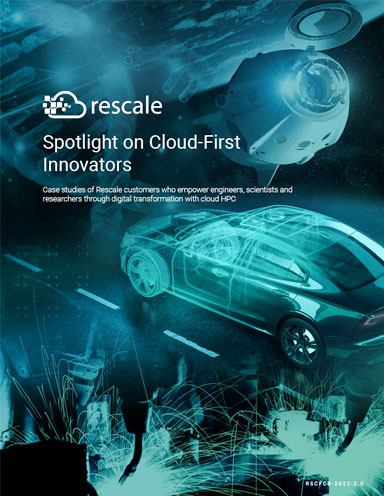The Paradox of Choice
Designers and engineers will increasingly have to set analytics aside and apply their more subjective human judgment to making sure those designs are right for their applications and their target audience.
Latest News
March 1, 2020

High-performance computing (HPC) is a key enabling technology for advanced design and simulation. This issue, we’re looking at how HPC, as well as cloud infrastructure and faster graphics processing units at the workstation level, are affecting every aspect of design. While that’s our focus this month, HPC is far from the only technology that has opened up the design space to a nearly limitless field of possibilities.
Thanks to the convergence of additive manufacturing technology, generative design software, more user-friendly simulation tools and access to nearly unlimited HPC resources and cloud-based infrastructure, the sky really is the limit when it comes to design possibilities.
Artificial intelligence and generative design technology can use pre-loaded parameters to devise design options that no engineer could have imagined. Often these designs are wild and organic looking, like a product that was sprouted rather than built. Armed with new optimization tools and faster workstations, designers can also rapidly iterate those concepts.
But just because we can push the envelope on design doesn’t mean that’s always the best idea. In fact, too many options isn’t necessarily a great thing. Psychologists tell us that the human brain can really only successfully manage around a half-dozen options at once. In engineering, technology helps whittle down the field based on whatever constraints we’ve placed on the design. Although these systems can optimize a design, they don’t necessarily ensure we’ve selected the right design.
I thought about this a lot after Elon Musk revealed the Tesla Cybertruck, an electric pickup that was designed (at least partly) with input from several thousand of Musk’s Twitter followers. The $40,000 truck looks like it was built for an old post-apocalyptic sci-fi film like “Logan’s Run” or “Damnation Alley.”
While the Cybertruck has some impressive stats when it comes to horsepower, towing and payload capacity, it … isn’t really a pickup truck. I grew up in a rural community, where pickup truck brands run a close second to sports teams when it comes to fierce dedication and loyalty. For people who actually need and use pickups, truck preferences are handed down through families like favorite recipes and religious affiliations. These are not drivers who are going to be interested in anything that looks like the Cybertruck. When Ford finally releases the electric version of the F150, expect it to look pretty much like its gas-powered predecessor.
Of course, these aren’t likely the buyers that Tesla is courting, any more than the company’s cars are targeted at people currently driving 10-year-old Toyota Camrys. The reaction to the truck, though, is a good indicator that there are limits to what certain markets will accept.
I think that points to an important role that designers and engineers play, particularly as their software tools incorporate more AI, and as 3D printing enables different approaches to design. That role is to function as an advocate for potential end users. What does a real person want out of this product? How will they use it?
Electric vehicles are an excellent example of how this could play out. EVs aren’t beholden to the same design requirements as cars with gas-powered engines and drivetrains. Take those design restraints away, and an EV could potentially be designed to not look much like a traditional vehicle at all. Most of them still do, however, because there is a limit to how far away from that standard design consumers are willing to stray. There are other considerations, too, like the size of parking spaces, accommodating infant car seats, ergonomics, safety and dozens of others.
Technology can optimize a design. Designers and engineers will increasingly have to set analytics aside and apply their more subjective human judgment to making sure those designs are right for their applications and their target audience.
Subscribe to our FREE magazine, FREE email newsletters or both!
Latest News
About the Author
Brian Albright is the editorial director of Digital Engineering. Contact him at de-editors@digitaleng.news.
Follow DE





